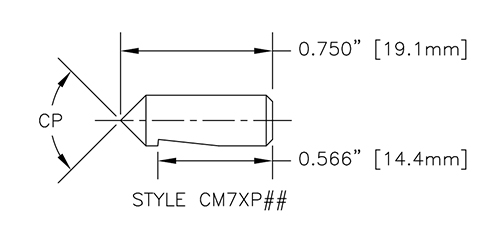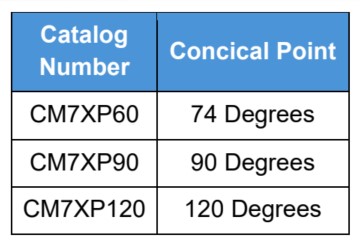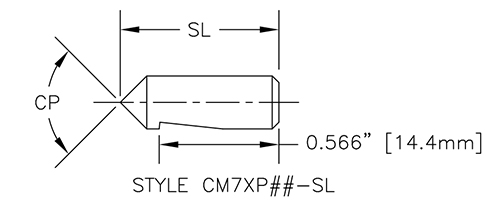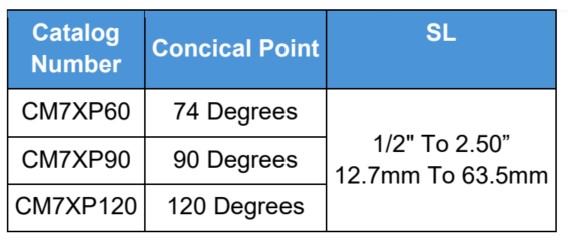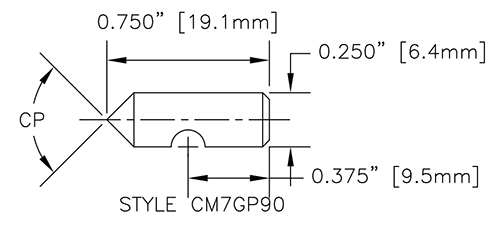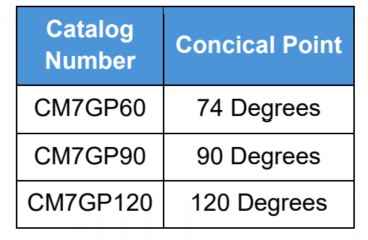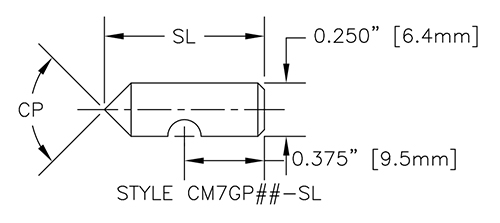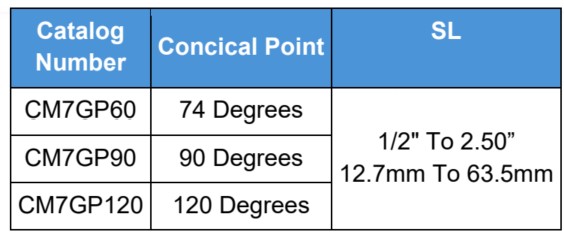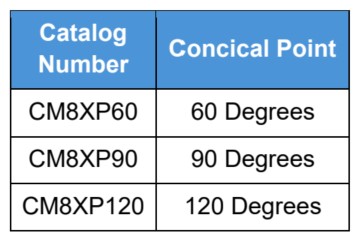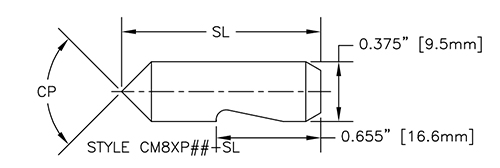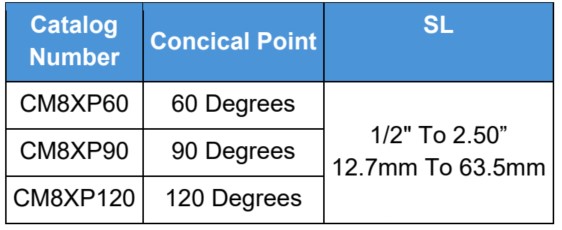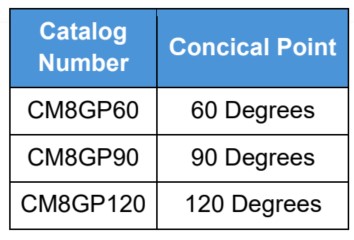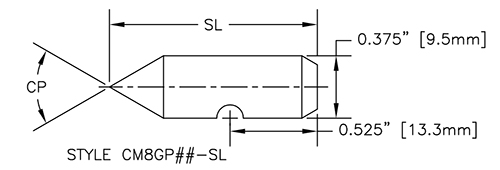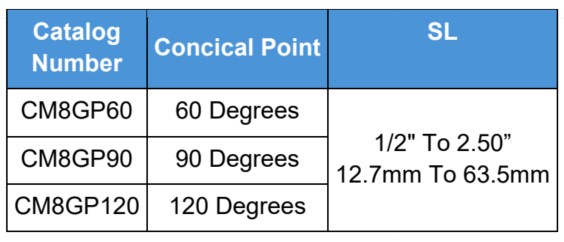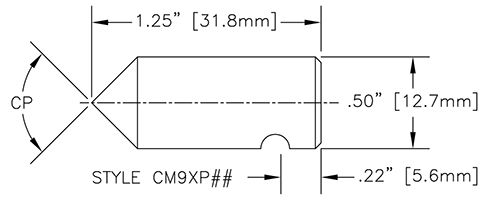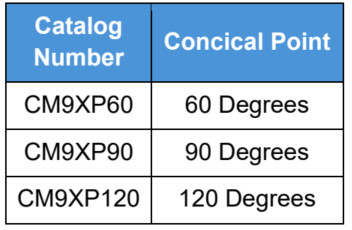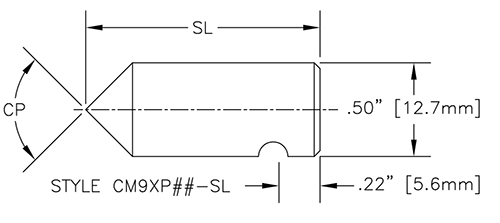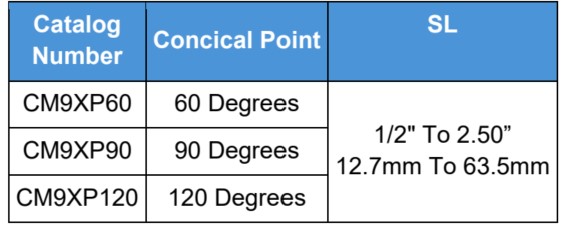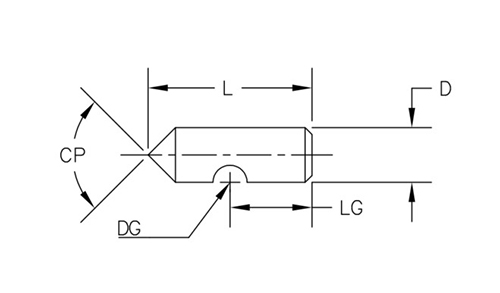CM Round Punches
Why use an air impact marker for assembly operations?
An air cylinder is a pneumatic device that uses compressed air to generate linear motion. The force it produces is determined by the air pressure and the piston area, as described by the equation F = P × A. The calculation of air cylinder “force” based on the model 88 parameters is 80 lbs.
On the other hand, an air impact marker, like the model 288, operates on the principle of force equals mass times acceleration (F=MA). In this case, the acceleration of the rod/stamp holder contributes to the high force output, even though the air pressure may be relatively low. The impact force of 6000 lbs by the Model 288 is generated by 80 psi.
In summary, an air impact marker is not the same as an air cylinder. The force calculation for an air impact marker involves the acceleration of the moving parts, leading to a high force output compared to what would be expected based solely on air pressure and piston area as in a traditional air cylinder.
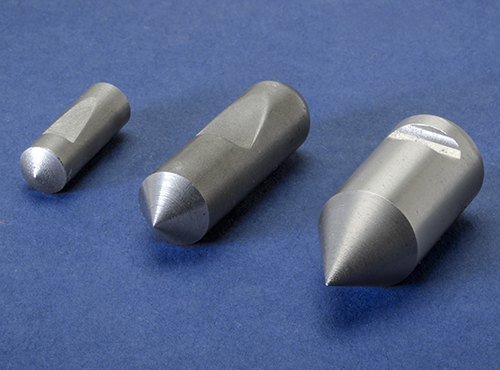
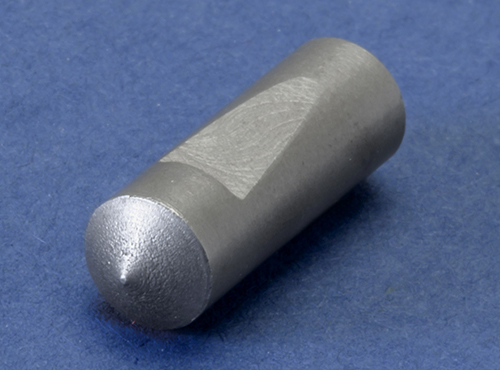
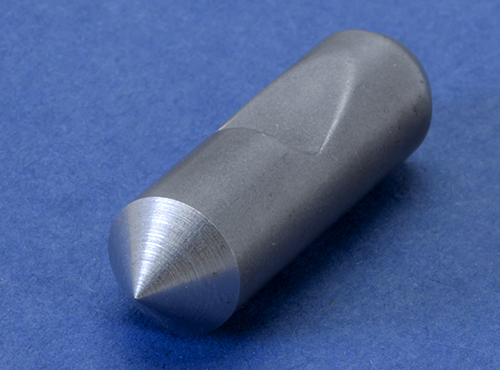
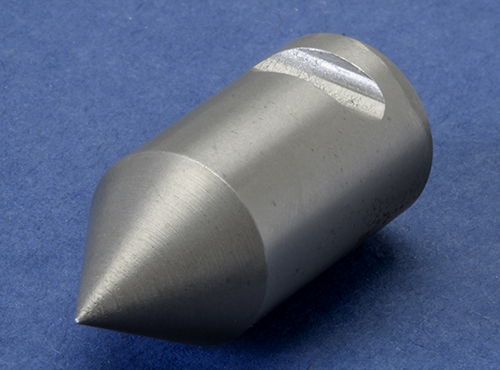
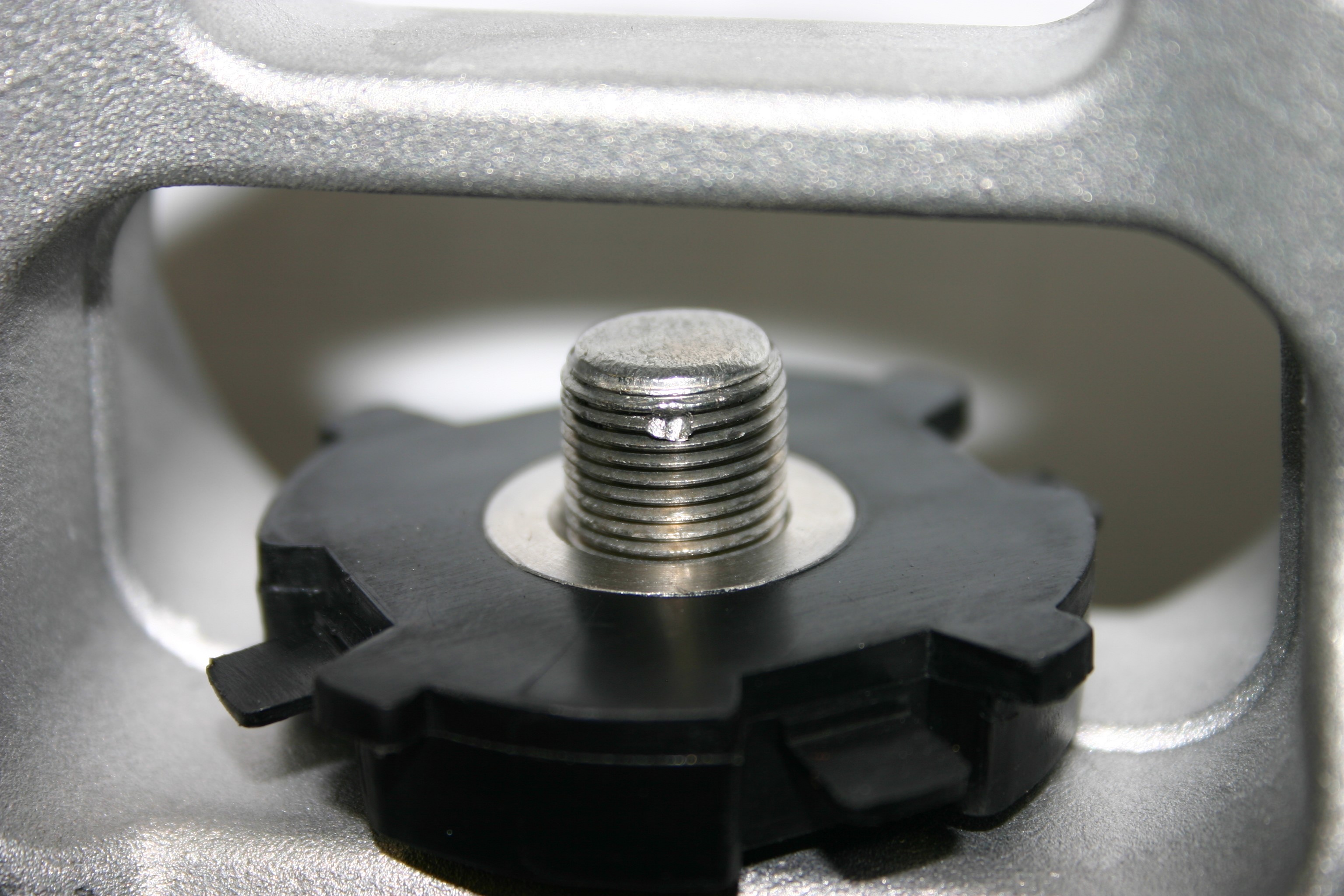
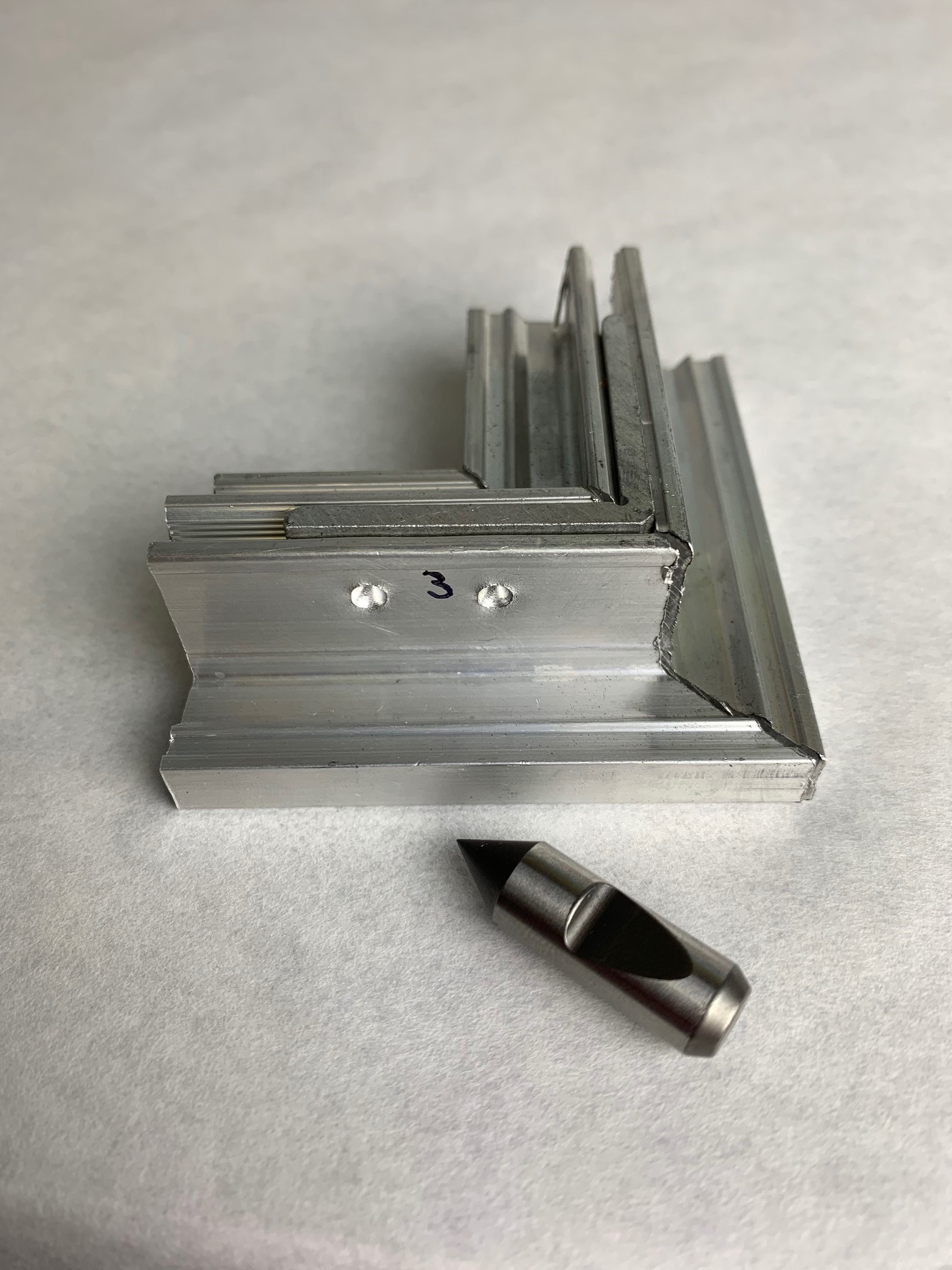
Force Comparison
- Model 288
- Bore Size: 1.25”
- Air Cylinder Pressure: 80 lbs
- Air Impact Pressure; 6,000 lbs
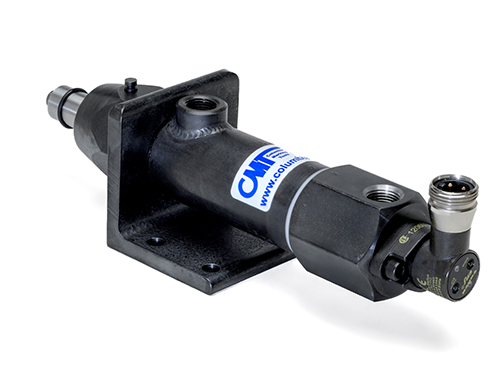
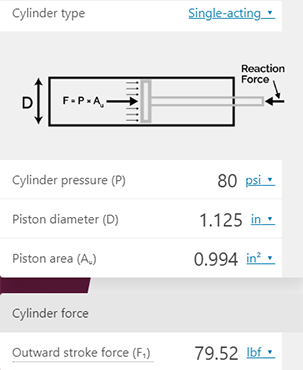
Answer
An air cylinder would require a bore of almost 10” to provide the same force. Using an air impact cylinder is more economical and saves on space.
Columbia Marking Tools Round Punches
Comprehensive guide for round punches.

